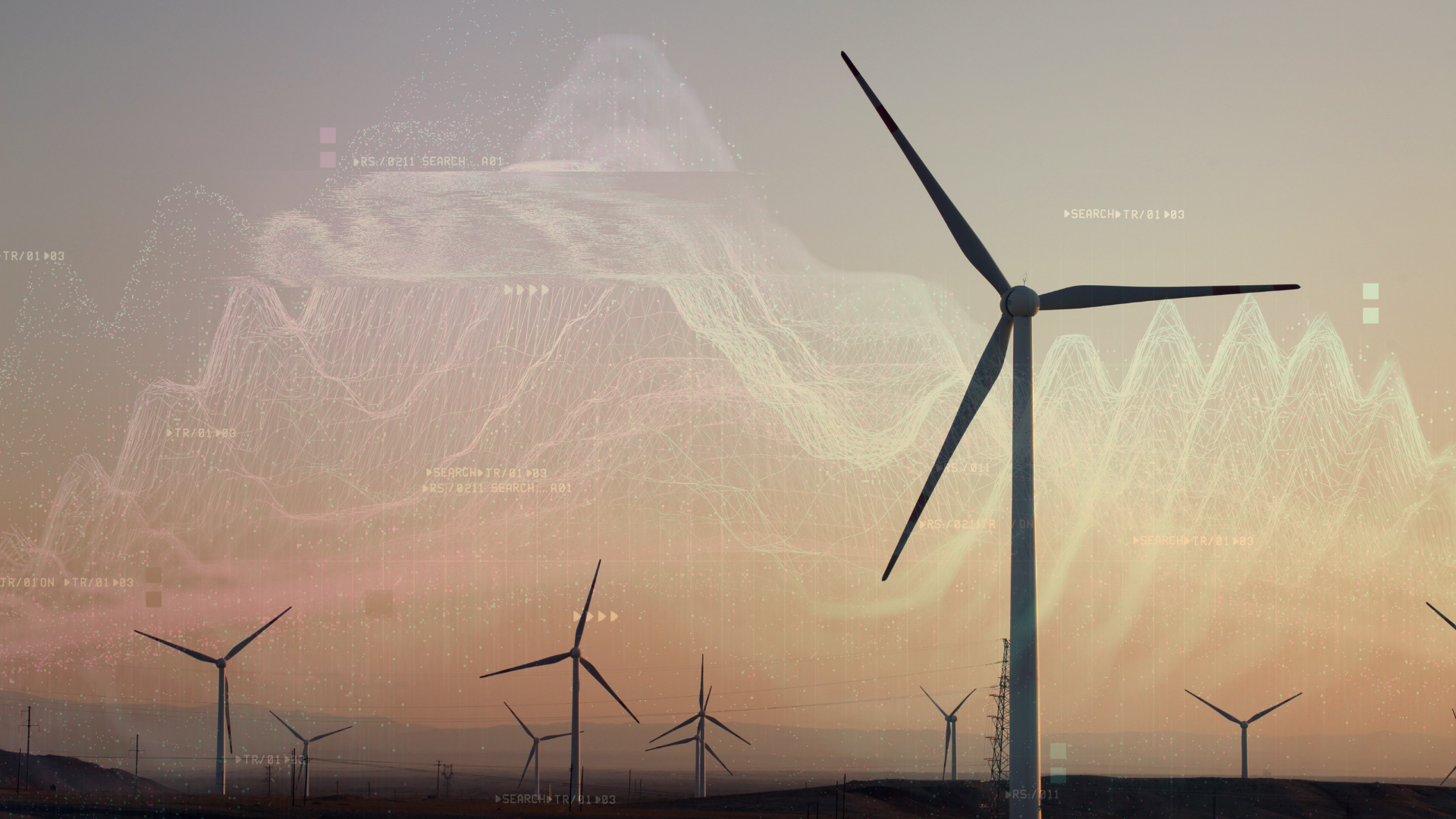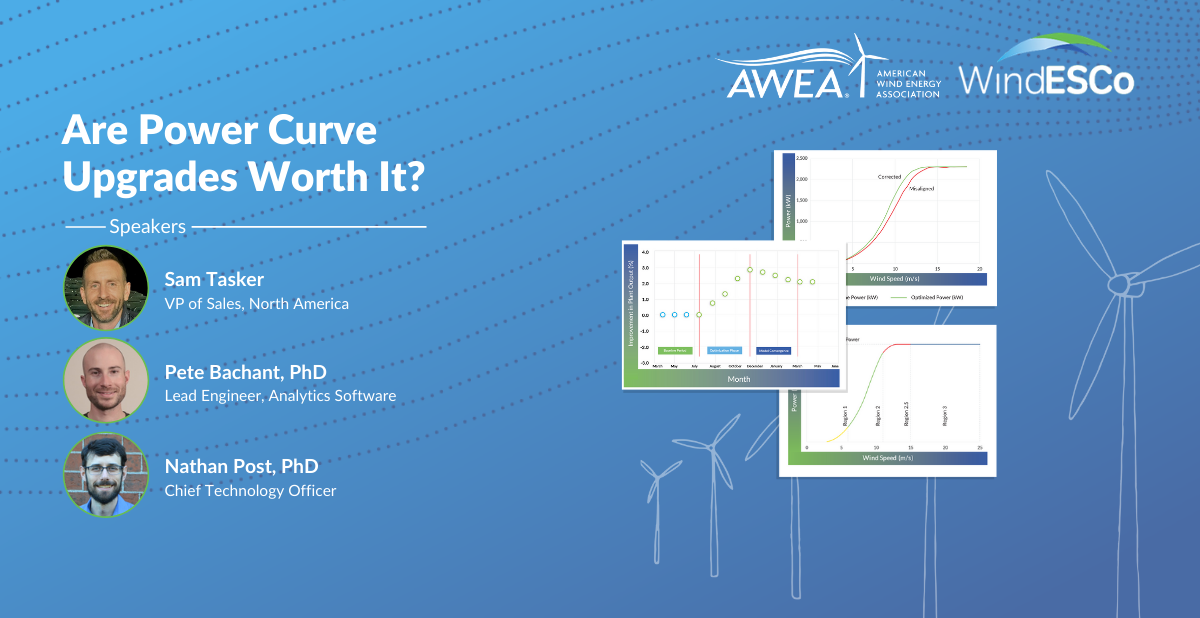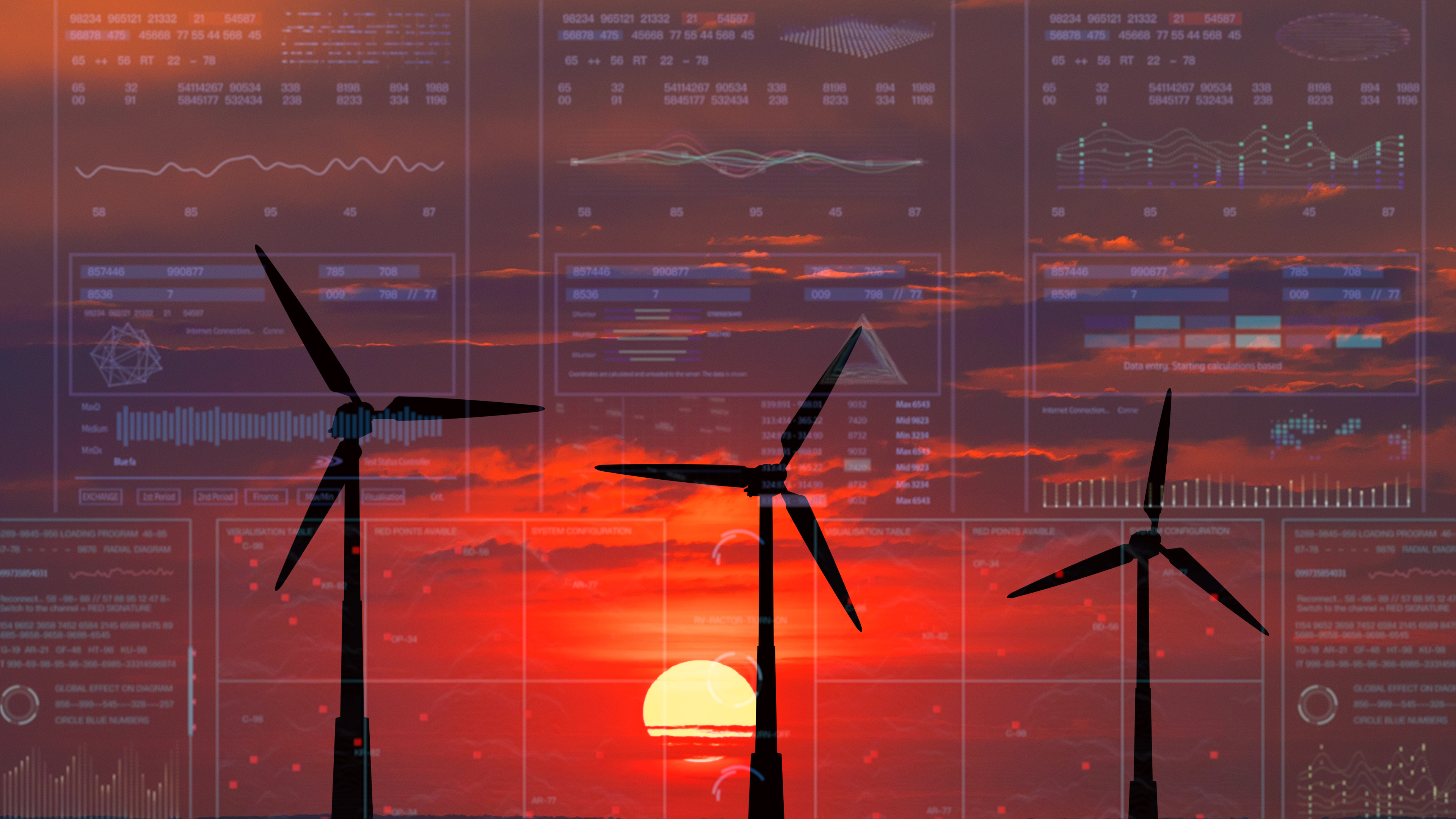How to Improve Wind Plant Performance with High Resolution Data
If you want to grow your wind plant’s revenue, you won’t be able to do it through O&M savings alone—improving wind turbine power performance, and...
Since wind turbines are produced by numerous OEMs, there is no standard interface for data storage and communication. This leaves project owners to partner with third-party renewable energy performance analytics companies that use varying methods of storage, compression, and access to data. Many third-party providers (TPPs) collect data to analyze and identify problems but do not deliver solutions to repair the flaws found.
Because owners of wind assets have a profit versus loss responsibility and are operating at incredibly narrow margins, the smallest change in turbine performance could be the difference between a profitable or an unprofitable project. This makes it critical that TPPs actually fix problems rather than just identifying underperformance.
According to the US Department of Energy’s annual Wind Technologies Market Report released in August 2019, the price of wind energy being sold in long-term contracts is at an all-time low.
Wind Power Purchase Agreement (PPA) prices are below 2 cents per kilowatt-hour, driven by a combination of higher capacity factors, declining turbine prices and operating costs, low-interest rates, and the production tax credit.
Although pioneer wind farms – such as those established in the “Golden Age of Turbines,” the 1990s to early 2000s – and newer wind farms built more recently face unique challenges, they struggle equally against external cost pressures and challenging economics.
Older wind farms may have higher fixed pricing from existing PPAs, but they experience higher operations and maintenance (O&M) costs due to the aging equipment.
Conversely, contemporary projects have more efficient, technologically advanced equipment that results in lower O&M costs, but also have lower PPAs. Some also have variable pricing contracts that fluctuate based on the current energy market rates.
Even the smallest optimization will have implications beyond day-to-day operations, as a large percentage of projects will change ownership at some point. The price at sale is based on the power production record and the profitability of the product over time – energy payments coming in, minus the cost of operating the site.
Over time, a small increase in production can have big effects. For example, if the project produces 1% profitability, and a TPP can increase this by .5%, this is a 50% increase in profit. With tight margins, anything helps. Even a .2% increase, such as turning 1.8% profitability into 2%, would help the bottom line significantly.
This is especially important as OEMs manufacture more cost-effective equipment with higher megawatt capacity, forcing sale prices on older assets down.
Largely provisional solutions have led to the industry as a whole solving the ‘low-hanging fruit’ problems first. This has yielded some results, but with short-term solutions — often not measurable and not long-lasting.
Operators often partner with third-party dashboard companies to compile data into a visual dashboard — but then what? Many operators find that there is no actionable next step that comes from data visualization.
Wind farm owners are beginning to realize that having a trusted third-party partner that focuses on actionable solutions is perhaps the only way to achieve success.
But with such a crowded field of TPPs, examining a potential partner’s background, history, resume, and record of success is important. Above all, TPPs must offer specialized expertise in solving the challenges identified by the data they are able to collect.
Specialized TPPs can more easily identify problems on wind farms because they may have seen it before. For instance, a turbine on one farm could experience an issue that the TPP has seen with the same turbine model on another farm. An experienced TPP can reassure the owner that the problem is not unique to their farm, but is instead recurrent with the equipment.
Specialized expertise in this way can also assist with distinguishing correlation from causation, whereas data analysis without a nuanced understanding of the field could result in costly mistakes.
Modern wind farms should adopt a "find, fix, measure, repeat" mindset to survive. A trusted third-party partner can act as a coach — working with the farm owners, who know more about their own business and recent history, to identify problems and execute optimizations.

If you want to grow your wind plant’s revenue, you won’t be able to do it through O&M savings alone—improving wind turbine power performance, and...

2 min read
Your wind plant's data hides valuable insights which, when unlocked, can be used to improve annual energy production (AEP) and drive revenue...

As a wind plant owner or operator, you have implemented or considering implementing various power curve upgrades for your turbines. We recently held...
